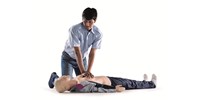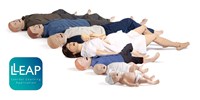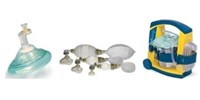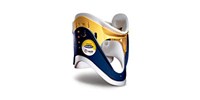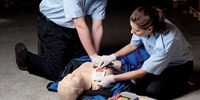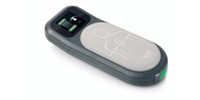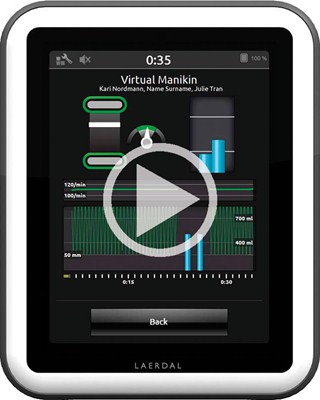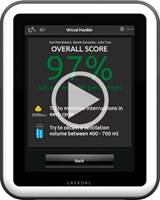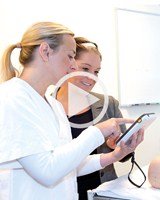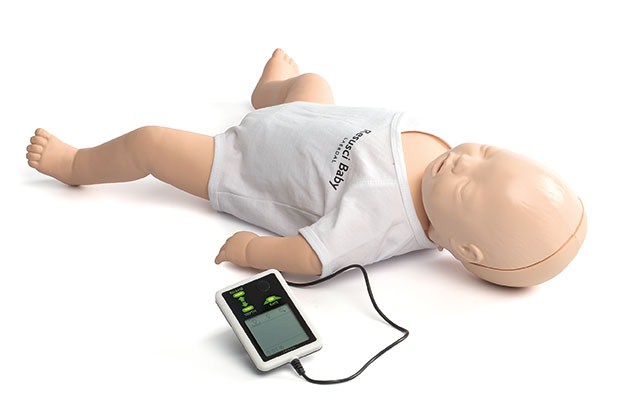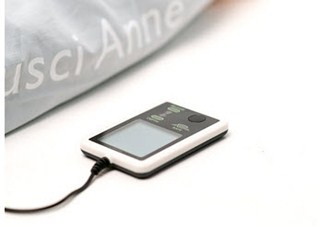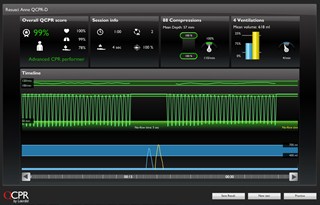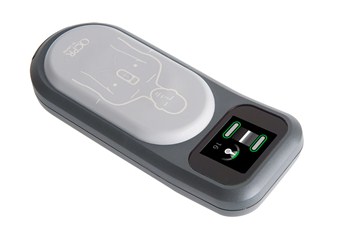QCPR: Quality CPR Saves Lives
The Six Steps for Quality Cardiopulmonary Resuscitation QCPR
When it comes to CPR, Quality Counts
There are many factors that contribute to survival but none as powerful as receiving high quality CPR.
Using our QCPR manikins with a feedback device will ensure you can track, measure and improve training for every student.
QCPR Research and Review
Over the past ten years, a substantial body of research has highlighted the value of QCPR.
In a recent review and meta-analysis of resuscitation research literature, Wallace et al. (2013) demonstrated a strong correlation between survival and compression depth and rate. Research shows that appropriate depth of compressions and minimal pre-shock pauses correlate with defibrillation success (Edelson et al., 2006).
Delivering Quality CPR, however, is not easy. Even the most experienced healthcare providers are have been shown to perform poorly too much of the time . . . but there is hope.
In a review of research on the use of CPR feedback devices, Yeung et al. (2009) found that real-time feedback during training improves learning and retention of CPR skills, and most importantly, improves performance during actual resuscitations. Evidence suggests CPR performance in actual resuscitations by in-hospital and pre-hospital providers, alike, improves when using real-time feedback as guidance (Abella et al., 2007, Kramer-Johansen, 2006). Bobrow et al. (2013) showed that scenario-based training with real-time feedback and use of real-time feedback during actual resuscitations was correlated with dramatic increases in CPR quality and survival.
The evidence is clear. Real-time feedback during training and clinical practice improves CPR performance, and Quality CPR saves lives.
Quality counts and real-time feedback can get you there.
Find your configuration of Resusci Anne with QCPR or Resusci Baby with QCPR

 Canada
Canada
